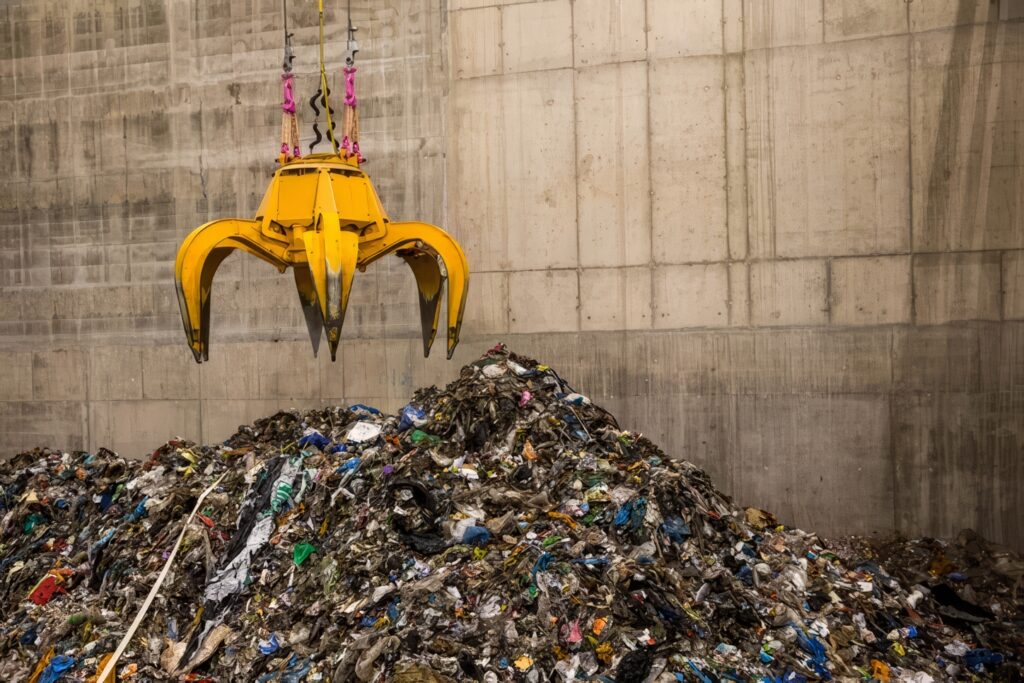Victoria’s Waste to Energy Licences: 2025 and Beyond
Victoria’s Waste to Energy Licences: 2025 and Beyond
Victoria’s Waste-to-Energy Cap Licences: Opportunities and Regulatory Framework in 2025

Intro
Victoria is advancing its approach to sustainable waste management by inviting expressions of interest (EOIs) for Waste-to-Energy (WtE) cap licences under the Circular Economy (Waste Reduction and Recycling) (Waste to Energy Scheme) Regulations 2023.
This regulatory scheme imposes a cap on the volume of waste that thermal WtE facilities can process annually. The cap, currently set at 2 million tonnes per annum, is expected to increase to 2.5 million tonnes following a regulatory impact statement in early 2025.
This licensing process represents a significant opportunity for industry participants to contribute to Victoria’s transition to a circular economy while ensuring that WtE solutions remain a complementary component of broader waste reduction and recycling efforts.
Regulatory Context and Purpose of the Cap
The WtE cap has been introduced to prevent an over-reliance on waste incineration and to maintain Victoria’s commitment to prioritizing waste reduction, recycling, and resource recovery. The cap limits the total quantity of permitted waste that can be processed through thermal WtE facilities across the state each year.
The government’s objective is to balance the development of alternative waste treatment technologies with ensuring that WtE facilities do not undermine investment in recycling infrastructure or diminish efforts to reduce waste generation at its source. The cap mechanism aligns with the state’s broader Circular Economy Policy, which aims to reduce landfill dependency and drive the diversion of waste streams into higher-value recovery pathways.
Thermal WtE technologies -commonly involving incineration, gasification, or pyrolysis – are recognized for their ability to recover energy from residual waste that is not recyclable. However, international experience has shown that an unchecked expansion of WtE capacity can lead to a reduction in recycling rates if operators seek to secure feedstock to maintain facility operations. This is the core concern that the cap seeks to mitigate.
Cap Licence Requirements and Implications
A cap licence is a formal authorization granted by Recycling Victoria, permitting a WtE facility to process a defined volume of waste within the overall cap. Operators requiring a cap licence include:
- New entrants planning to build and operate a thermal WtE facility in Victoria.
- Existing WtE operators seeking to increase their licensed throughput capacity.
Facilities processing non-thermal waste treatment methods (e.g., anaerobic digestion, mechanical-biological treatment) are not subject to the cap. The cap specifically applies to facilities using thermal processes to convert waste to energy.
Failure to secure a cap licence means a facility cannot lawfully process waste using thermal technologies beyond the licensed volume. This creates a competitive environment, particularly as industry interest in WtE solutions grows in response to landfill levies, waste export bans, and rising waste generation.
Expression of Interest (EOI) and Application Process
The cap licensing process is structured in multiple stages to ensure that only well-developed and environmentally responsible proposals proceed:
1. Expression of Interest (EOI) Phase
- Opening Date: 17 December 2024
- Closing Date: 17 February 2025 (late applications may be accepted on reasonable grounds)
Applicants must submit an EOI outlining:
- The types of waste to be processed.
- Proposed thermal technology and processing capacity.
- Status of planning and environmental approvals.
- Environmental risk management strategies.
- Community and Traditional Owner consultation activities.
2. Evaluation and Shortlisting
Recycling Victoria will assess EOIs based on:
- Technical feasibility and environmental safety of the proposed technology.
- Compatibility with Victoria’s waste hierarchy and circular economy principles.
- Environmental compliance history and reputation of the applicant.
- Extent of community engagement, with particular emphasis on working with Traditional Owners and ensuring local support.
- Advice from the Environment Protection Authority (EPA) Victoria regarding pollution control, emissions, and operational risks.
Applicants meeting the initial requirements will be invited to proceed to the full licence application stage.
3. Full Licence Application
Successful EOI applicants will be required to submit a comprehensive application. This will involve:
- Detailed engineering designs and operational plans.
- Air emissions control systems and environmental monitoring measures.
- Waste supply agreements and feedstock analysis.
- Business case and financial capability.
- Long-term community consultation strategies.
Recycling Victoria will determine licence allocations based on merit, environmental compliance, and alignment with state waste reduction goals. The Head of Recycling Victoria will have the final authority to issue licences.
Fees and Compliance Obligations
The regulations stipulate that applicants must pay a non-refundable licence application fee. Specific fee schedules are published by Recycling Victoria and may vary based on facility size and processing capacity. Fees cover the administrative costs associated with evaluating applications and ensuring regulatory compliance.
Cap licence holders must comply with the Environment Protection Act 2017, which mandates strict pollution control, emissions standards, and ongoing environmental performance reporting. Operators are required to:
- Implement best-practice pollution control technologies.
- Conduct regular emissions monitoring and publish results.
- Notify the EPA of any breaches or environmental incidents.
- Maintain transparent community engagement channels.
Expected Cap Expansion and Industry Outlook
The Victorian Government’s Economic Growth Statement (10 December 2024) signaled a potential increase in the cap from 2 million tonnes to 2.5 million tonnes per annum, contingent on the outcome of a regulatory impact statement in early 2025. If the increase is approved, Recycling Victoria may adjust the current cap licensing round to reflect the expanded limit.
This proposed increase reflects the growing demand for advanced waste treatment infrastructure and the state’s recognition of WtE as a viable solution to manage non-recyclable waste while reducing landfill reliance. Industry observers anticipate that the expanded cap could encourage further private sector investment, particularly in large-scale, high-efficiency WtE facilities.
Market Implications and Strategic Considerations
1. Competition for Licences
The capped licensing framework creates a competitive environment, favoring applicants with well-developed projects, secured feedstock supply agreements, and strong community support. Delays in planning approvals or weak environmental compliance records may disadvantage certain applicants.
2. Long-term Policy Certainty
The cap mechanism provides operators with long-term capacity certainty, enabling better planning for capital-intensive WtE projects. It also incentivizes innovation in emissions reduction and energy efficiency technologies.
3. Feedstock Availability
Operators must carefully assess feedstock availability, considering competing demands from recycling facilities and other resource recovery processes. Overestimating waste availability can result in underutilized capacity and financial underperformance.
4. Community and Political Sensitivity
Thermal WtE facilities often face public opposition due to concerns about air quality, odour, and health impacts. Projects lacking robust community consultation strategies risk delays or cancellation. Recent controversies surrounding proposed facilities in areas like Lara highlight the need for early and sustained engagement with residents, councils, and Traditional Owners.
Timelines and Next Steps
| Key Milestone | Date |
|---|---|
| EOI Opening | 17 December 2024 |
| EOI Closing | 17 February 2025 |
| Regulatory Impact Statement on Cap Increase | Early 2025 |
| Invitations for Full Applications Issued | Post-EOI evaluation (Q2 2025) |
Interested parties should submit EOIs via Recycling Victoria’s Waste to Energy Team. Early preparation, robust planning, and community engagement will enhance the likelihood of securing a cap licence.
Summary
Victoria’s WtE cap licensing scheme marks a critical step in the state’s transition toward a circular economy. While providing opportunities for industry investment, the cap ensures that WtE remains a controlled and complementary part of the waste management hierarchy. With competition for licences expected to be strong, applicants must present projects that demonstrate technical, environmental, and social excellence.


